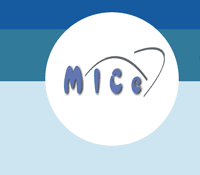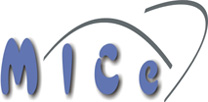Where is Autism Located in the Brain?
Autism is a complex neurological disorder that hinders a person's ability to relate to and communicate with others. It is part of a group of disorders known as autism spectrum disorder (ASD). Approximately 6 in 1,000 people have an ASD. Individuals with autism can have multiple variations in the sequence and structure of their DNA that can lead to similar symptoms. Since a variety of genes have been shown to be related to autism, one hypothesis, which attempts to explain this variance, is that many factors can disrupt the brain from developing the areas of the brain necessary for sociability. Here, we propose to take advantage of this diversity in autism genetics by examining mouse models of multiple mutations associated with ASD. Using high resolution Magnetic Resonance Imaging (MRI) and Diffusion Tensor Imaging (DTI) we will reveal the detectable effects of autism in the brain. The resulting imaging findings will help to group the autism models studied into a small number of distinct clusters, which can be rationalized based on either behavioural or genetic differences. This analysis will link these autism models for the first time, giving a more comprehensive understanding of ASD.

|
| Autism Mouse Models: The highlighted regions in the mouse brain indicate areas of contraction (blue) or expansion (red) in the genetic mouse model of autism in comparison to the corresponding control mouse. Similarities can clearly be seen between the 3 Rett syndrome models.
|
Research is funded by the Canadian Institutes of Health Research




